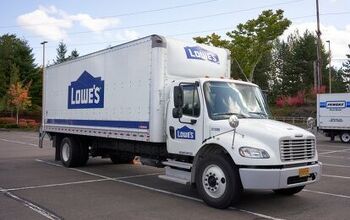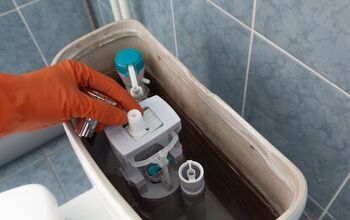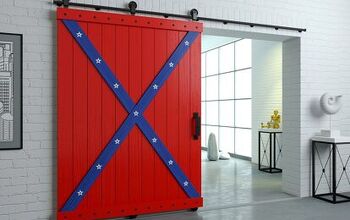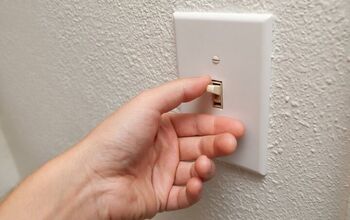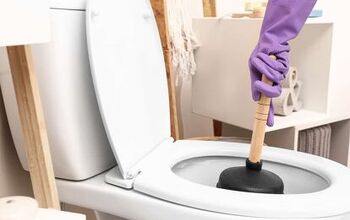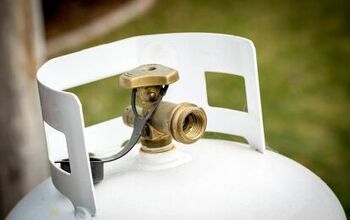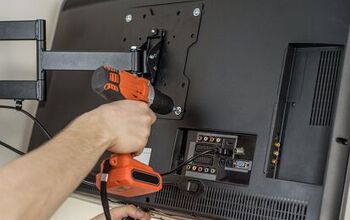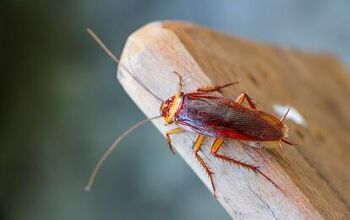Seven Backyard Playground Safety Tips

What child wouldn’t get excited about a backyard playground set? Having a backyard playground is a luxury, but that doesn’t mean it’s without risks. You’re not alone if you’ve been searching for backyard playground safety tips.
The most important part of backyard playground safety is establishing rules to help your children avoid injury. It’s also important to inspect your playground to make sure it’s dry and to look for signs of animals and insects like wasps. Teach your kids to take turns and watch where they’re going to avoid playground injuries.
It’s also a great idea to make your children wear sweatpants to help prevent cuts and scrapes. Follow along as we highlight 7 important backyard playground safety tips.
How To Make A Playground Safe For Kids
Today, most factory-made playground sets are quite safe as is. However, you can’t always count on your children to be careful on your new playground set. That has nothing to do with a behavioral problem, it’s just that they may have little to no playground experience. However, we have a few simple tips to keep your kids safe on your backyard playground, such as:
1. Set Ground Rules
The best way to protect your kids from injuries in your backyard playground is to set some ground rules. First, you must analyze the playground and think about everything that could go wrong. That may seem dark, but it will help you understand the risks.
For example, there may be some tripping hazards throughout the play set. In that case, it’s a great idea to teach your kids that they shouldn’t run on the playground. Playground equipment also typically comes with a list of safety recommendations.
Go over the recommended rules with your children and have them repeat them. That way, you can help instill the rules into their minds. This is much better than assuming your children will be cautious without guidance.
2. Keep It Dry
A wet playground set is simply unsafe, and the slipping hazard isn’t worth the risk. That’s true whether it recently rained, or the material is damp from morning dew. You should always check the playground set to make sure it isn’t damp before your children play on it.
Let the playground set dry in the sun if it’s damp to reduce the risk of slipping. Otherwise, you can thoroughly dry the playground set with a towel or two. However, you must know when it’s time to call it a day and make your children wait until a dry day.
Never let your kids play on the playground during a storm. Not only will the playground set get soaking wet, but the metal components may act as a lightning rod.
3. Make Your Kids Take Turns
Many playground injuries happen when kids collide with one another. This can easily happen in the heat of the moment when kids get excited. That’s why you must teach your children to take turns, especially on the slide.
Ideally, each child should wait to go down the slide until another child has already made it out of the tunnel. This can help avoid bad collisions, mouth injuries, and broken bones. Otherwise, they may accidentally kick each other on the way down.
Teach your children to check before walking in front of slides, monkey bars, and zip lines. This can help prevent collisions and injuries that are otherwise avoidable.
4. Inspect Before Playing
Naturally, playground sets are exposed to the elements, bugs, and animals. The last thing you want is to discover a wasp's nest too late because your child got stung. It’s important to routinely check your playground set for bee, wasp, and hornet nests before your kids play.
That’s especially true if your playground is near bright, colorful, aromatic plants that attract such insects. It’s also a great idea to check your playground set for signs of animal activity. For example, bird and mouse droppings can indicate that animals are nesting in and around the playground.
You must clean your playground set to remove animal droppings for sanitary purposes. More importantly, you must contact a pest control service if you suspect a rodent infestation. The same applies to termites, ticks, and other harmful critters.
5. Dress Your Children Appropriately
Wearing the right clothes is just as important as taking turns on a playground set. After all, going down a slide wearing shorts and a T-shirt or a swimsuit is painful. Your children can irritate their skin and get hurt if they go down a slide without proper clothing.
They can also slip and fall throughout other parts of the playground set and cut their knees. That’s why it’s a great idea to have your children wear thick sweatpants. This can protect their skin and prevent painful scrapes.
You must also consider that your playground set may get quite hot on a sunny summer day. Wearing the right clothes can help prevent burns and protect your children from UV radiation.
6. Keep Age In Mind
Do you have children that span different ages? If so, you may have a playground that features obstacles meant for different age groups. Playground set manufacturers typically specify which equipment is made for a certain age group.
As a parent, you must consider this before you let your children run amok on the playground. The age recommendations are based on the standard height and weight for children of certain ages. Teach your kids which playground sections are appropriate for them.
7. Wrap The Swing Chains
Playground swings often have exposed metal chains that can pinch someone’s fingers. Not only that, but they can also irritate your skin and cause first-degree burns. You can protect your children from this problem if you wrap the swing chains with a protective coating.
Rubber is the most common and most effective swing chain coating. It’s easy to grip, so your children won’t struggle to hold onto the swings while in motion. More importantly, it won’t get nearly as hot in the sun, and it shouldn’t irritate your child’s skin.
Summing It Up
Keep your backyard playground dry and check for stinging insects before your kids play each day. Make your kids take turns to avoid collisions and prevent injuries. It’s also important to read the factory-recommended safety rules and teach them to your children.
Related Guides:

Nick Durante is a professional writer with a primary focus on home improvement. When he is not writing about home improvement or taking on projects around the house, he likes to read and create art. He is always looking towards the newest trends in home improvement.
More by Nick Durante










